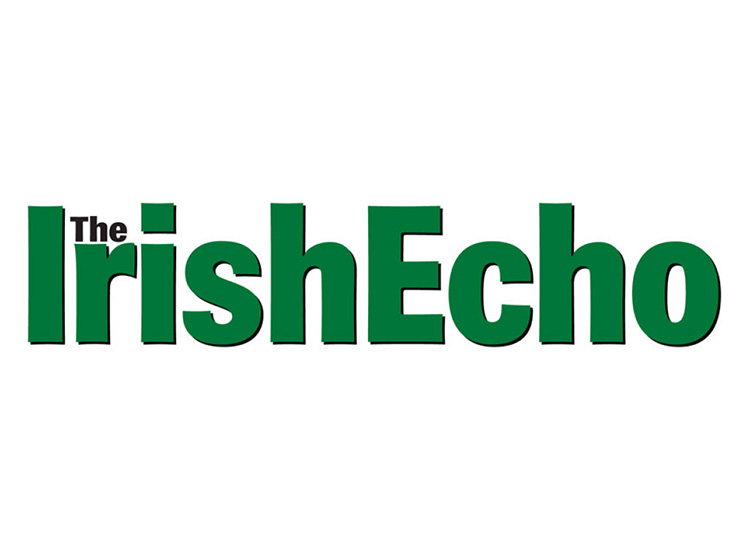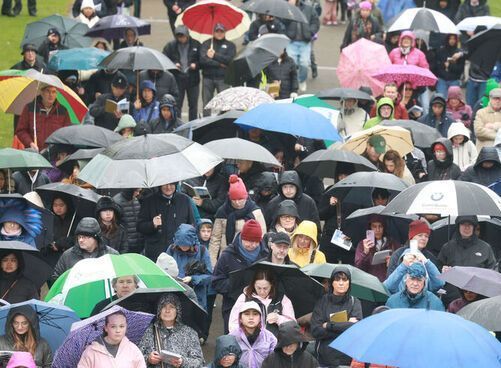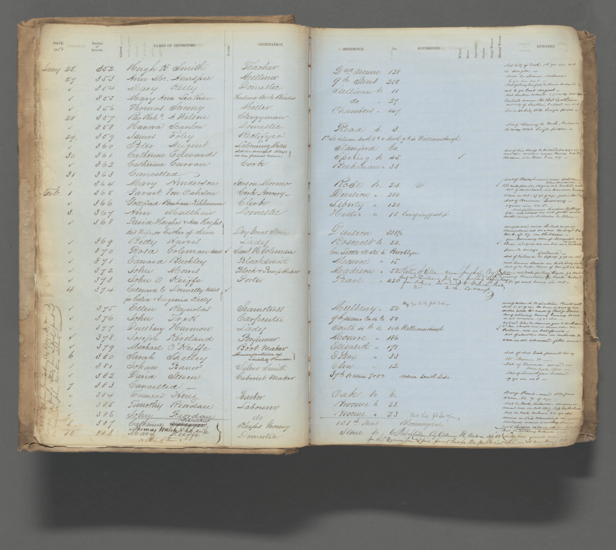History was made Tuesday when for the first time a reigning British sovereign stepped onto Irish soil at the invitation of a sovereign Irish government.
And as Queen Elizabeth embarked on her four day visit, the biggest security operation in the history of the Irish state kicked into high gear.
The queen was officially welcomed to Áras an Uachtaráin by Irish president Mary McAleese. The 85-year-old monarch, who was wearing a green coat and hat over a St. Patrick’s Bleu dress, and her husband Prince Philip, were greeted on the steps of the residence by Mrs. McAleese and her husband Martin shortly after they landed in Dublin around midday.
The queen was greeted on her arrival at Casement Aerodrome by Tánaiste Eamon Gilmore and an Army Air Corps guard of honor before going to the Áras for the official state welcome.
As part of the ceremonial welcome, the queen received a 21-gun salute in the forecourt of the Áras followed by a rendition of the British and Irish national anthems played by an army band.
The queen planted an oak tree in the garden of the building near the peace bell, which was placed there in 2008 to mark the 10th anniversary of the good Friday Agreement.
President McAleese then held a brief meeting with the queen before hosting a lunch for a small number of guests in the main dining room. Attendees included former Northern Ireland first minister David Trimble and former SDLP leader John Hume.
The queen and duke of Edinburgh were also introduced to Taoiseach Enda Kenny before signing the visitors book in the state reception room.
In perhaps the most significant move of her visit, the queen laid a wreath at the Garden of Remembrance before visiting Trinity College to view the Book of Kells. The queen will visit counties Kildare, Tipperary and Cork before departing Ireland on Friday.
The taoiseach said the vast majority of people in Ireland welcomed the visit, adding those opposed were entitled to protest but that he hoped they would not “embarrass the country.”
There were protests in central Dublin by members of a number of groups opposed to the visit, and the visit itself began on a poignant date, the 37th anniversary of the Dublin and Monaghan bombings, which resulted in the largest single day death toll during the Troubles.










